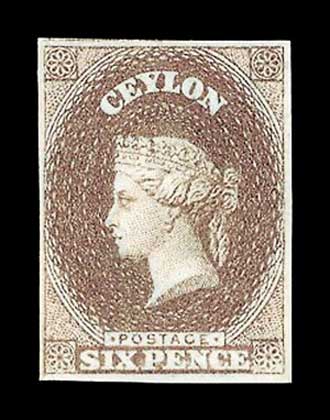www.sundaytimes.lk
Funday Times is the children’s section of the Sunday Times newspaper. The paper carries a wide range of activities and reading materials to interest children from 4 to 15 years. It also features articles from our young reporters, art and short articles from children. The Funday Times website aims to complement the activities of the publication by furthering young reader engagement and learning.

GROUP SITES
CONTACT US
Editor (Print) : [email protected] | +94 0112479337
For website information : +94 0112479341
Advertising : +94 0112 479540, +94 0112 479579
Address : No. 08, Hunupitiya Cross Road, Colombo 02. P.O. Box 1136, Colombo.
Technical : [email protected] , +94 011 538 3437
For website information : +94 0112479341
Advertising : +94 0112 479540, +94 0112 479579
Address : No. 08, Hunupitiya Cross Road, Colombo 02. P.O. Box 1136, Colombo.
Technical : [email protected] , +94 011 538 3437

 Sri Lanka's first postage stamp was issued on April 1, 1857, marking the beginning of the nation's philatelic history. Stamp collecting, a globally popular hobby, originated with the introduction of postage stamps, and Sri Lanka's inaugural issue is now a highly sought-after piece. Today, many countries use stamps to showcase their culture and history, enriching the collections of stamp enthusiasts worldwide.
Sri Lanka's first postage stamp was issued on April 1, 1857, marking the beginning of the nation's philatelic history. Stamp collecting, a globally popular hobby, originated with the introduction of postage stamps, and Sri Lanka's inaugural issue is now a highly sought-after piece. Today, many countries use stamps to showcase their culture and history, enriching the collections of stamp enthusiasts worldwide.

